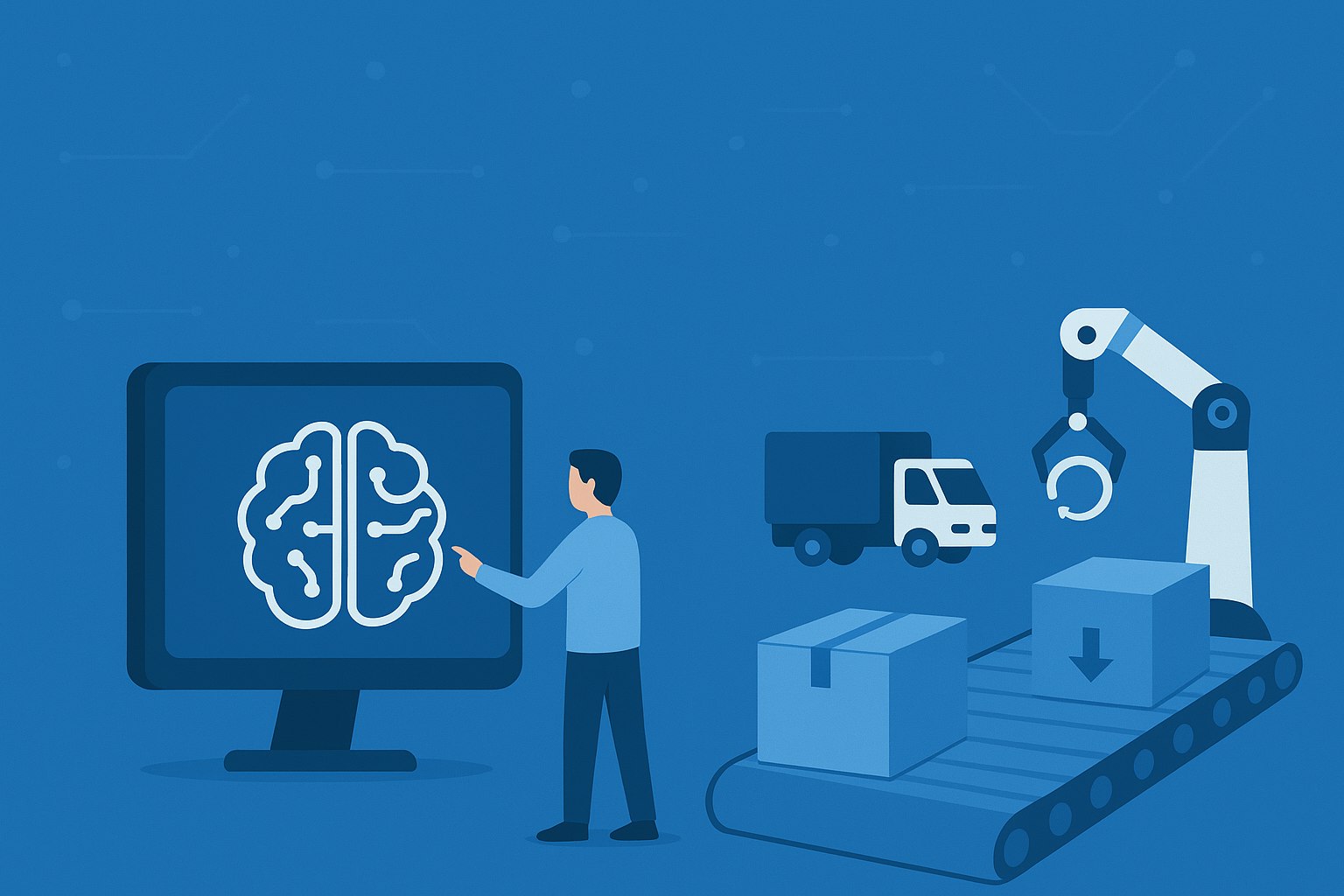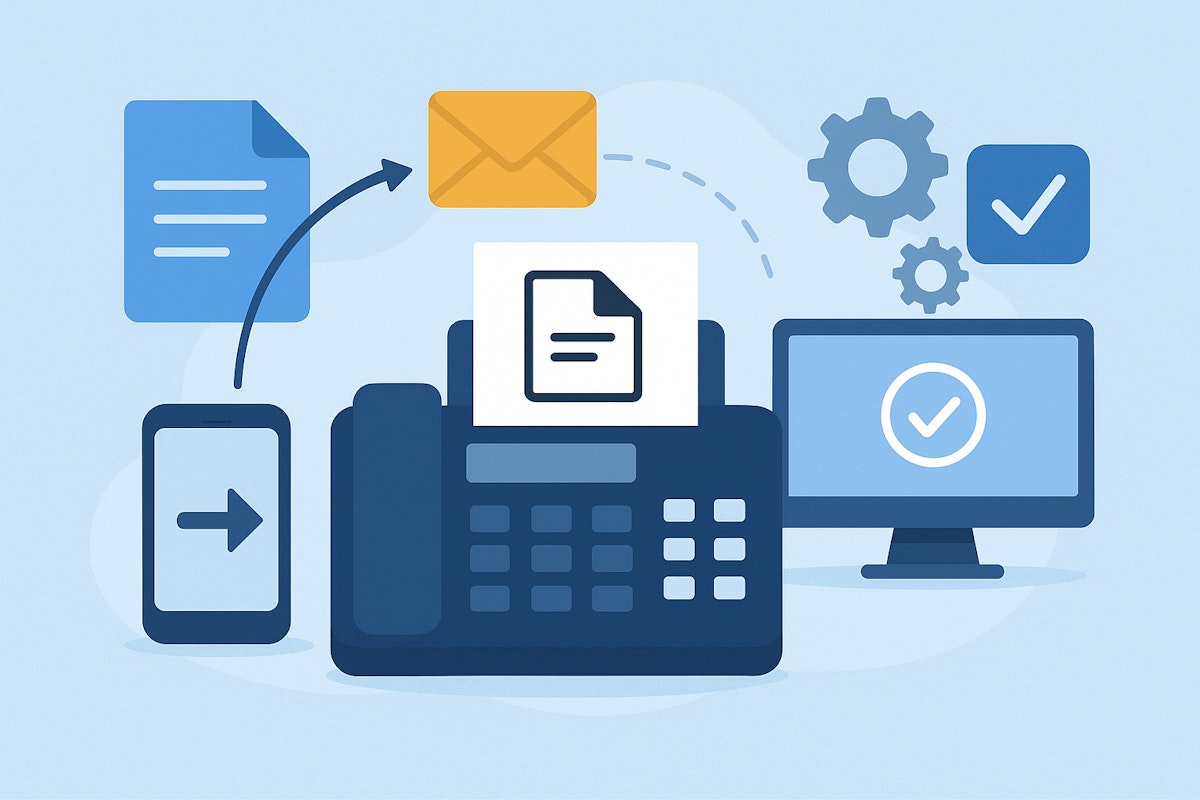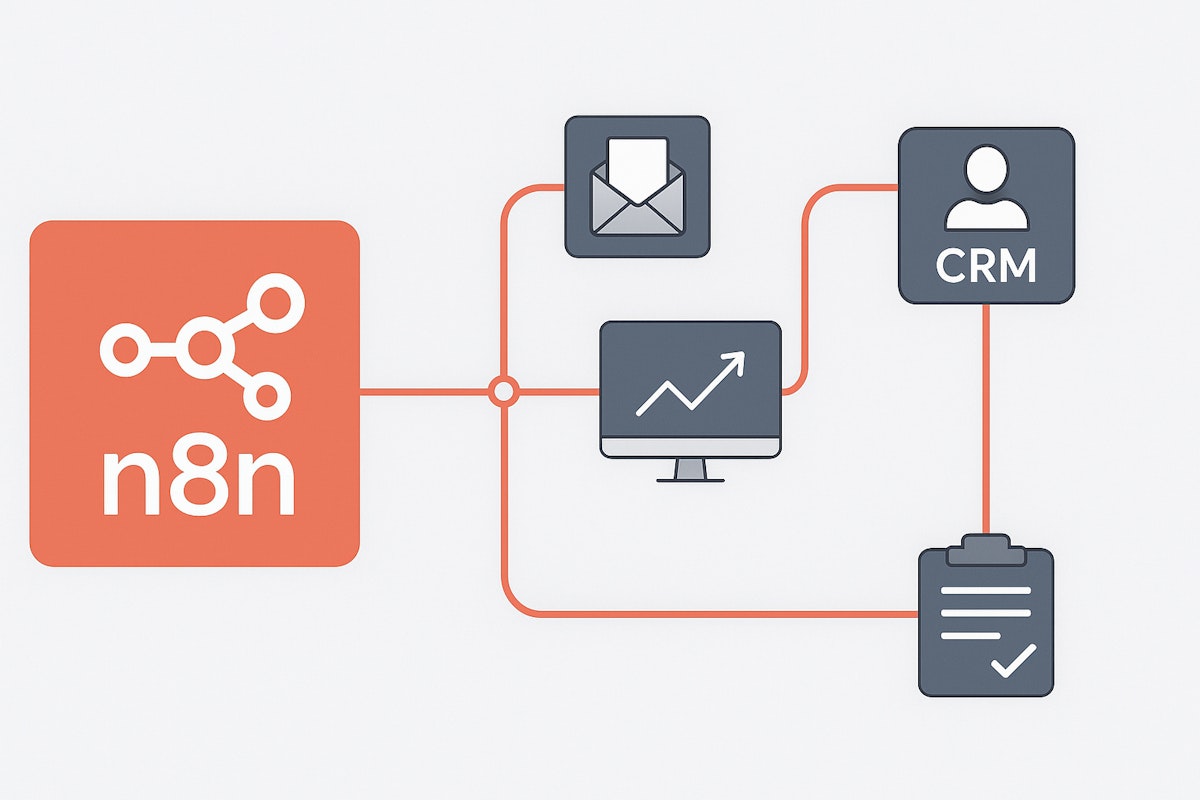Table of Content
When a customer places an order online, everything usually works like clockwork.
Orders are seamlessly transferred from your eCommerce store to the warehouse, through the delivery partner, and ultimately to the customer. Forward logistics feels efficient because you’ve invested in reliable technology and infrastructure.
Returns, however, tell a different story.
In 2024, nearly 17% of eCommerce sales in the US were returned, with the total value of returned goods amounting to $890 billion. This isn’t surprising, as each return incurs costs for shipping, labor, repackaging, and customer service.
And yet, these workflows are manual, from managing long email threads to back-and-forth calls with customers.
The good news is that AI and workflow automation can simplify this part of your business, and we say this with ample experience! In this blog, we at Intuz have laid out seven steps you can take to make reverse logistics work in your favor.
How AI and Workflow Automation Streamline Reverse Logistics in E-commerce
1. Return request capture
When a customer wants to return an item, the process typically begins with an email to your support team, a message through WhatsApp, or a form completed on the website. And if these platforms aren’t pushing data into one centralized hub, it’s easy to miss such requests.
By connecting your sales channel on Shopify, WooCommerce, or Amazon with an automation platform like Zapier, Make, or n8n, you can ensure every return request gets logged centrally.
AI adds another layer here. Imagine a shopper typing “the shoes are too tight” or “the blender stopped working after two days.” Natural language models can instantly classify these reasons, giving your team structured insights instead of free-form text.
At the same time, an AI-powered chatbot can walk the customer through the initial steps by asking for the order number, reason, and preferred outcome. By the time your team reviews the request, due diligence is complete, and they’re only left to process it.
2. Smart return authorization
Once a return request is captured, it must be checked against the order dates, warranty periods, and eligibility rules. Manual reviews take time, and when approvals or denials are delayed, it leaves customers waiting.
AI agent workflow builders, such as Make or UiPath, can help automate these checks in the background. For instance, they can validate whether a request falls within your 30-day return window or the product category qualifies for free returns.
Your team doesn’t have to comb through order histories. Instead, the workflow rule engine does the job for them and passes only the exceptions to them.
On the other hand, AI-driven fraud detection models can flag suspicious requests, such as repeated returns from the same customer or claims that don’t align with past patterns. These models can automatically approve straightforward cases and automatically deny those that fall outside policy.
3. Shipping label and pickup scheduling
After the return is approved, focus on reintroducing the product to your network. Help your customers know where to send the item, how to print a label, and when pickup will happen. Make sure these answers are immediate.
With platforms like Zapier, Make, or direct carrier APIs (e.g., FedEx, UPS, and Shippo), you can automatically generate return labels and share them with customers via email or SMS. Clear instructions in hand shorten the time between approval and actual shipment.
AI can make pickups more efficient. Route optimization models can cluster return pickups in the same neighborhood, ensuring fewer trips and lower overall costs. This also means less waiting time for customers who are eager to see their refund or exchange completed.
4. AI-powered product inspection and return routing
Once the items have been returned, they need to be inspected before you finally decide what to do next. However, this can be a painfully long process if you rely too heavily on your team to manually check every return.
Photos sent by customers might sit in an inbox. Products could pile up in a warehouse until someone reviews them. Customers expect refunds to be quick, and that’s obvious.
Thankfully, automation platforms like n8n and UiPath can pull up photos and videos from your customer portal and place them directly into an inspection queue. This ensures every return has the proper documentation attached and is ready for review without any unnecessary delays.
In addition, computer vision models can scan photos for defects, wear, or missing parts, and then assign a condition code, such as “resellable,” “refurbish,” or “scrap.” This allows your team to prioritize which items to examine closely and which to move forward with right away.
Additionally, by integrating your ERP or warehouse management system with automation platforms, you can automatically route items to the correct destination. For example, products marked as resellable can be sent straight back into available inventory.
On the other hand, items flagged for repair or recycling can be directed to the appropriate facility. Leverage predictive models to weigh multiple factors, such as demand forecasts, resale value, and the cost of refurbishment, and identify the best channel for each return.
5. Automated refunds and exchanges
Once an item has been appropriately routed, the final step for the customer is to receive their refund or exchange.
Manually logging into payment systems, updating records, and sending confirmation messages is a time-consuming task. Moreover, your customers don’t want to contact your support team repeatedly for updates.
Automation platforms like UiPath or Make can connect your order management system with payment gateways, such as Stripe, PayPal, or Razorpay, triggering refunds directly from your eCommerce workflows as soon as returns are approved.
For exchanges, automation can generate replacement orders instantly once the returned item is processed. It can update your inventory to reserve the item, notify your warehouse or shipping partner to dispatch it, and log the exchange in your CRM.
6. Return analytics with AI insights
Every return tells you something about your business. Perhaps customers are finding the product to be smaller than expected. Maybe a particular item is prone to shipping damage. Or perhaps a new collection is being exchanged more than others.
The key is to listen, and automation platforms can help you do that. By setting up ETL workflows with Airbyte or n8n, you can return records from your sales channels, CRM, and logistics partners, and aggregate them into BI dashboards for real-time visibility.
AI can then scan this dataset to spot recurring issues, such as sizing problems or packaging damage. At the same time, predictive models can forecast future return trends and recommend preventive actions, from updating product descriptions to refining inventory planning.
Why Choose Intuz for Reverse Logistics Automation
When you work with us, you can expect outcomes that are clear, measurable, and directly tied to your business priorities. We set goals up front and structure our pricing around them: you know exactly what you’re getting and what it’ll cost.
We also operate at your pace. Our team overlaps with your workday for stand-ups and quick decisions, while keeping things moving asynchronously in the background.
You get the responsiveness of an in-house team without the overhead or idle time of traditional outsourcing. Security and control stay in your hands. All work occurs in your repositories and cloud environment, governed by your policies.
And most importantly, we’ve delivered real change in logistics. With QuickShift, a last-mile delivery and B2B fulfillment company handling over 12,000 shipments a month, we utilized n8n workflow automation to transform their operations.
Within four weeks, we deployed 10 custom workflows that automated order ingestion, invoicing, shipment updates, and return requests.
The impact was immediate: the manual workload was reduced by 77%, $12,000 was saved annually in licensing fees, and the return processing cycle time was cut in half. If you’re looking to create a similar impact, we’d be happy to explore it with you.
Book a free 45-minute consulting call with our team, and we’ll walk through your current returns process, highlight the gaps, and share where automation and AI could make the biggest difference for your eCommerce business.








